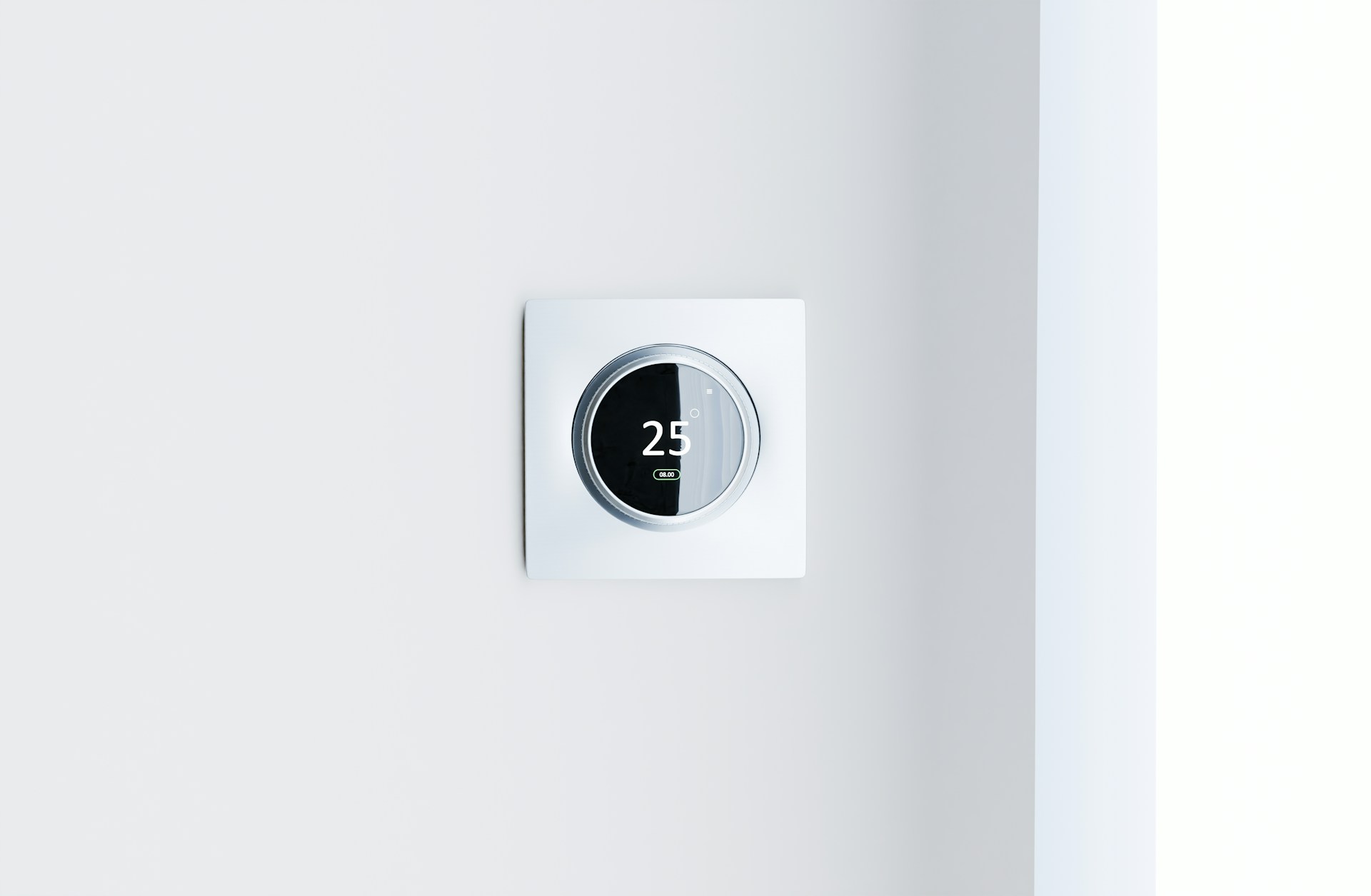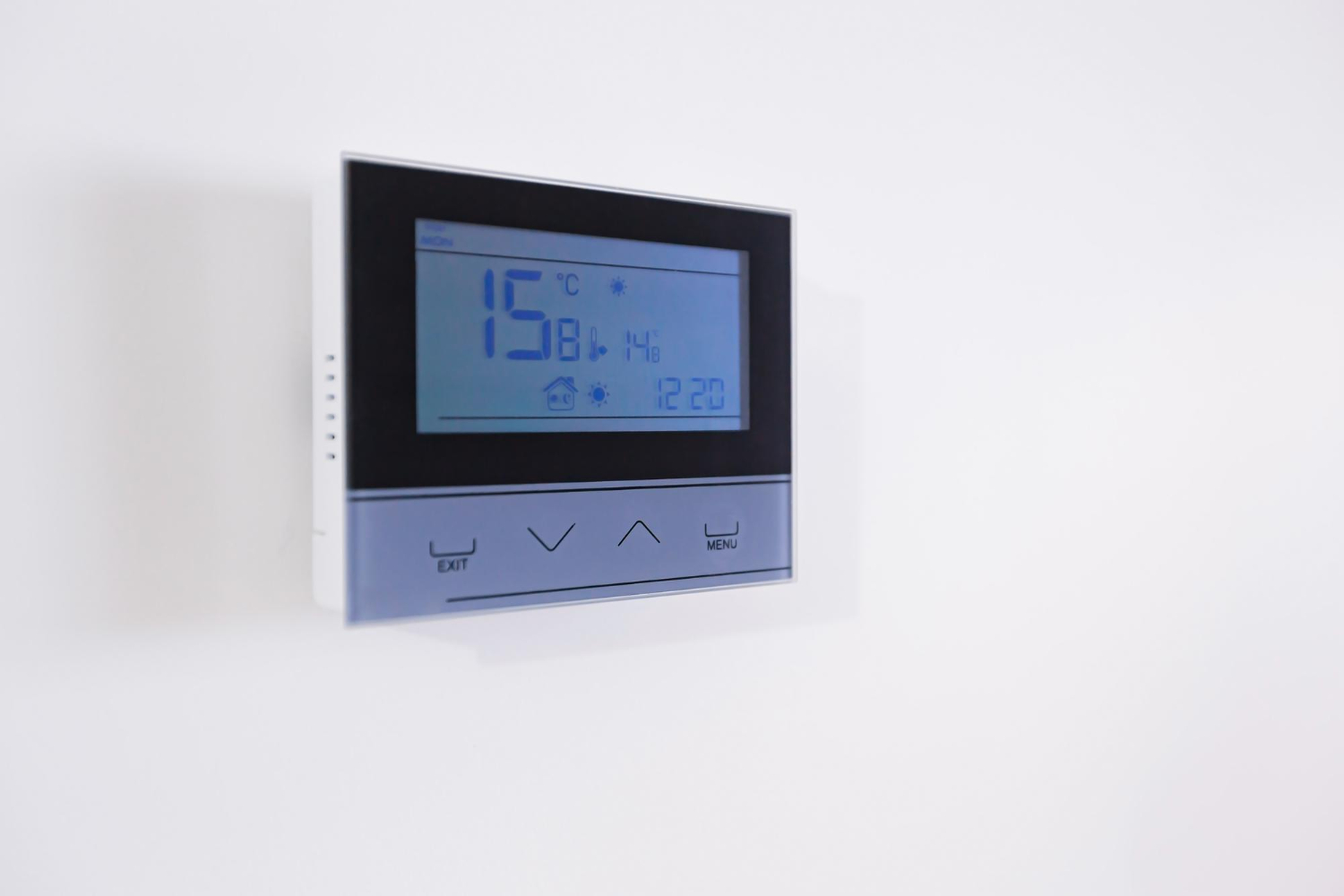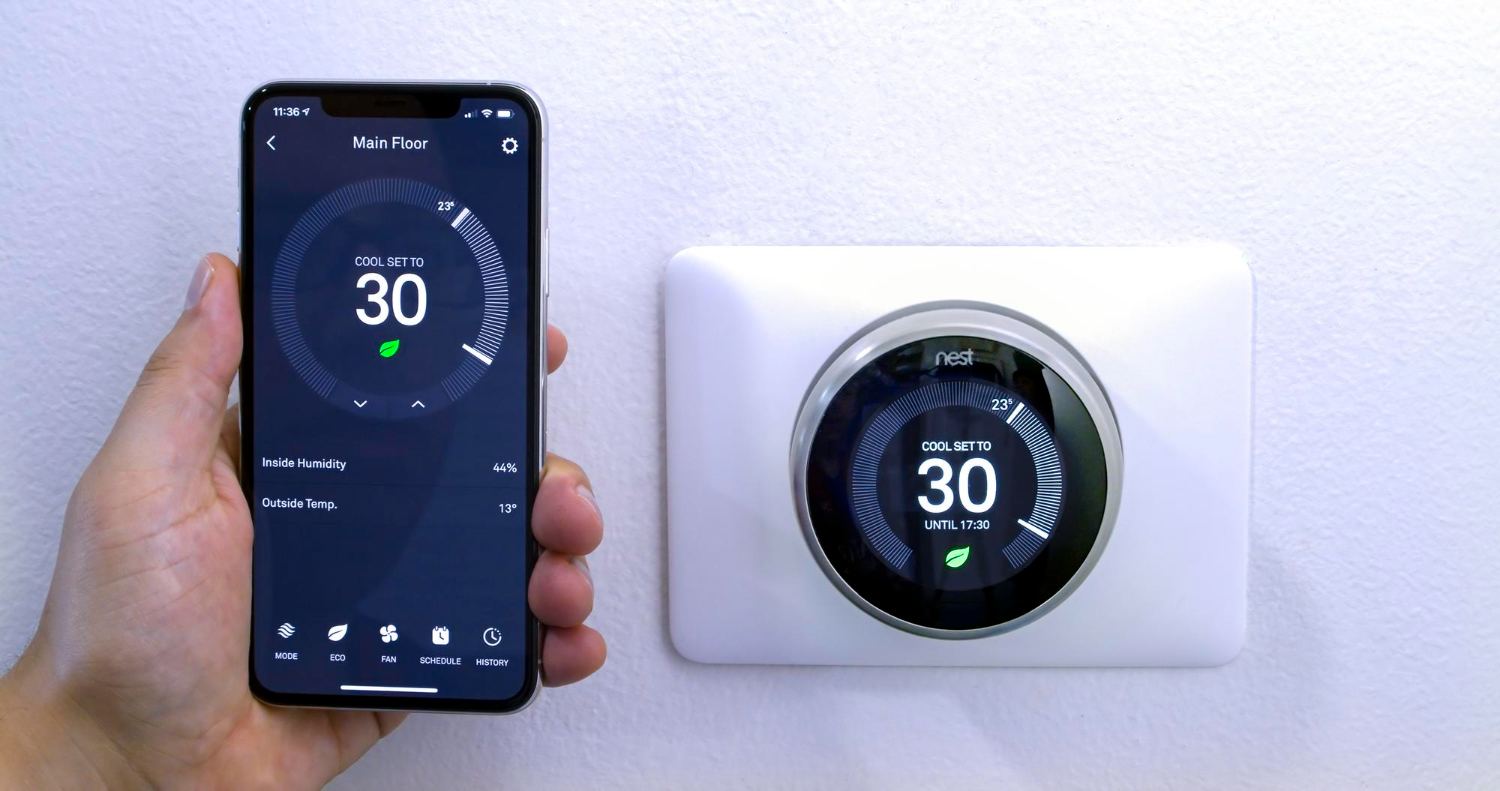Thinking about upgrading your home with a smart thermostat? These high-tech devices promise to help you save money and make managing your home’s temperature easier. But are they really worth the cost? Knowing more about what smart thermostats can do, their benefits, and their drawbacks can help you decide if they are the right choice for you.
Smart thermostats are designed to do more than just adjust the temperature. They can learn your habits, be controlled remotely, and help you use less energy. This can lead to lower energy bills each month. But the initial cost and setup can be a concern for some homeowners.
Understanding how smart thermostats work is the first step to making an informed decision. Once you know their benefits, you’ll see how they can improve your comfort and reduce your energy use. However, potential drawbacks like compatibility issues and higher upfront costs should also be considered.
By weighing the pros and cons, you can decide if a smart thermostat aligns with your needs and budget. So, we’ll explore how smart thermostats work, the benefits they offer, the potential drawbacks and costs, and help you determine if a smart thermostat is a good investment for your home.
What Are Smart Thermostats and How Do They Work?
Smart thermostats are intelligent devices that allow you to control the temperature of your home more efficiently. Unlike traditional thermostats, smart thermostats connect to your Wi-Fi network, enabling you to control them remotely using a smartphone, tablet, or computer. This means you can adjust your home’s temperature from anywhere, whether you’re at work, on vacation, or sitting on your couch.
Smart thermostats are equipped with sensors that detect when people are home and when they leave, learning your daily routines. Over time, they create a schedule that automatically adjusts the temperature for optimal efficiency and comfort. Many smart thermostats also have features that monitor your energy use, providing tips on how to save more on your electricity bills.
These devices often integrate with other smart home systems like Amazon Alexa, Google Home, or Apple HomeKit, making voice control another convenient option. They can also provide alerts if there are sudden temperature changes, which can indicate issues with your HVAC system.
By allowing you to manage and monitor your home’s climate remotely, smart thermostats help you maintain a comfortable living environment effortlessly.
Benefits of Installing a Smart Thermostat
Installing a smart thermostat comes with several benefits that make it a worthwhile investment for many homeowners. Here are some of the key advantages:
1. Energy Savings: One of the biggest benefits is reduced energy consumption. By learning your schedule and adjusting the temperature accordingly, smart thermostats ensure your HVAC system runs only when needed. This can lead to significant savings on your energy bills.
2. Convenience: With remote access through your smartphone, you can easily adjust the temperature from anywhere. Forgot to turn off the heat before going on vacation? No problem. You can fix it with a few taps on your phone.
3. Automated Scheduling: Smart thermostats learn your daily routines and create an automated schedule. This means your home is always at the perfect temperature without you having to adjust it manually.
4. Smart Integrations: These devices can integrate with other smart home systems and voice assistants like Alexa or Google Home, allowing for voice commands and a more connected home environment.
5. Environmental Impact: Using less energy not only saves money but also reduces your carbon footprint. It’s a small step towards a more eco-friendly lifestyle.
6. User Insights: Smart thermostats often come with detailed energy reports. These insights help you understand your energy usage patterns and identify further ways to save.
By installing a smart thermostat, you gain better control over your home’s climate, enjoy convenient features, and save on energy costs. These benefits make smart thermostats an appealing upgrade for any home.
Potential Drawbacks and Costs to Consider
While smart thermostats offer many benefits, there are also some drawbacks and costs you should think about before investing in one. Understanding these potential negatives can help you make a more balanced decision.
1. Upfront Costs: Smart thermostats can be expensive. The price for a good-quality unit can range from $100 to $300 or more, depending on the features and brand. This initial cost can be a barrier for some homeowners.
2. Installation Hassles: Installing a smart thermostat might not be a simple DIY project. In some cases, professional installation is required, especially if your home’s wiring isn’t compatible. This can add extra costs to your investment.
3. Compatibility Issues: Not all smart thermostats work with every HVAC system. It’s important to check if the model you’re considering is compatible with your existing setup to avoid any functionality issues.
4. Privacy Concerns: Since smart thermostats connect to Wi-Fi and gather data about your home’s energy usage, some people worry about privacy. Make sure to understand what data is collected and how it’s used by the thermostat’s manufacturer.
5. Learning Curve: Getting the most out of a smart thermostat involves learning how to use its features and settings. This can take some time and effort, especially for those who aren’t tech-savvy.
By weighing these drawbacks and costs, you can decide whether the convenience and energy savings of a smart thermostat outweigh the initial investment and potential challenges.
Is a Smart Thermostat Right for You?
Deciding if a smart thermostat is right for you depends on various factors, including your lifestyle, budget, and how tech-friendly you are. Here are some points to consider as you make your decision:
1. Energy Usage: If you’re looking to save on energy bills and are frequently away from home, a smart thermostat can be a great investment. Its ability to learn your schedule and adjust temperatures accordingly can lead to significant savings.
2. Tech Comfort Level: Are you comfortable using smartphone apps and smart devices? If technology isn’t your strong suit, you might find a smart thermostat difficult to use or set up. However, if you enjoy new tech, you’ll likely appreciate the advanced features.
3. Home Compatibility: Check if your HVAC system is compatible with the smart thermostats you’re considering. Some older systems might not work well with newer smart thermostats, requiring additional upgrades.
4. Budget: While smart thermostats can save money in the long run, the upfront cost and potential installation fees should fit within your budget. Consider the long-term savings to see if it justifies the initial expense.
5. Environmental Impact: If reducing your carbon footprint is important to you, a smart thermostat can help you use energy more efficiently, contributing to a greener home.
By considering these factors, you can determine if a smart thermostat aligns with your needs and whether it will be a beneficial addition to your home.
Should You Invest in a Smart Thermostat?
Smart thermostats offer an exciting way to manage your home’s temperature more efficiently and conveniently. They come with several benefits like energy savings, convenience, and smart home integrations. However, they also have potential drawbacks such as high upfront costs and possible compatibility issues. Determining if a smart thermostat is worth the cost involves considering your energy use, comfort with technology, home setup, and budget.
In the end, whether a smart thermostat is right for you comes down to your personal preferences and needs. If you’re ready to make your home more energy-efficient and enjoy the perks of smart technology, a smart thermostat might be a great investment. But if the costs and potential hassles outweigh the benefits, you might want to stick with a traditional thermostat or consider other improvements.
For more information on our HVAC residential services in Saratoga Springs, NY, or to get expert advice on which thermostat might be best for your home, contact My Jockey. We’re here to help you keep your home comfortable and energy-efficient all year round!



